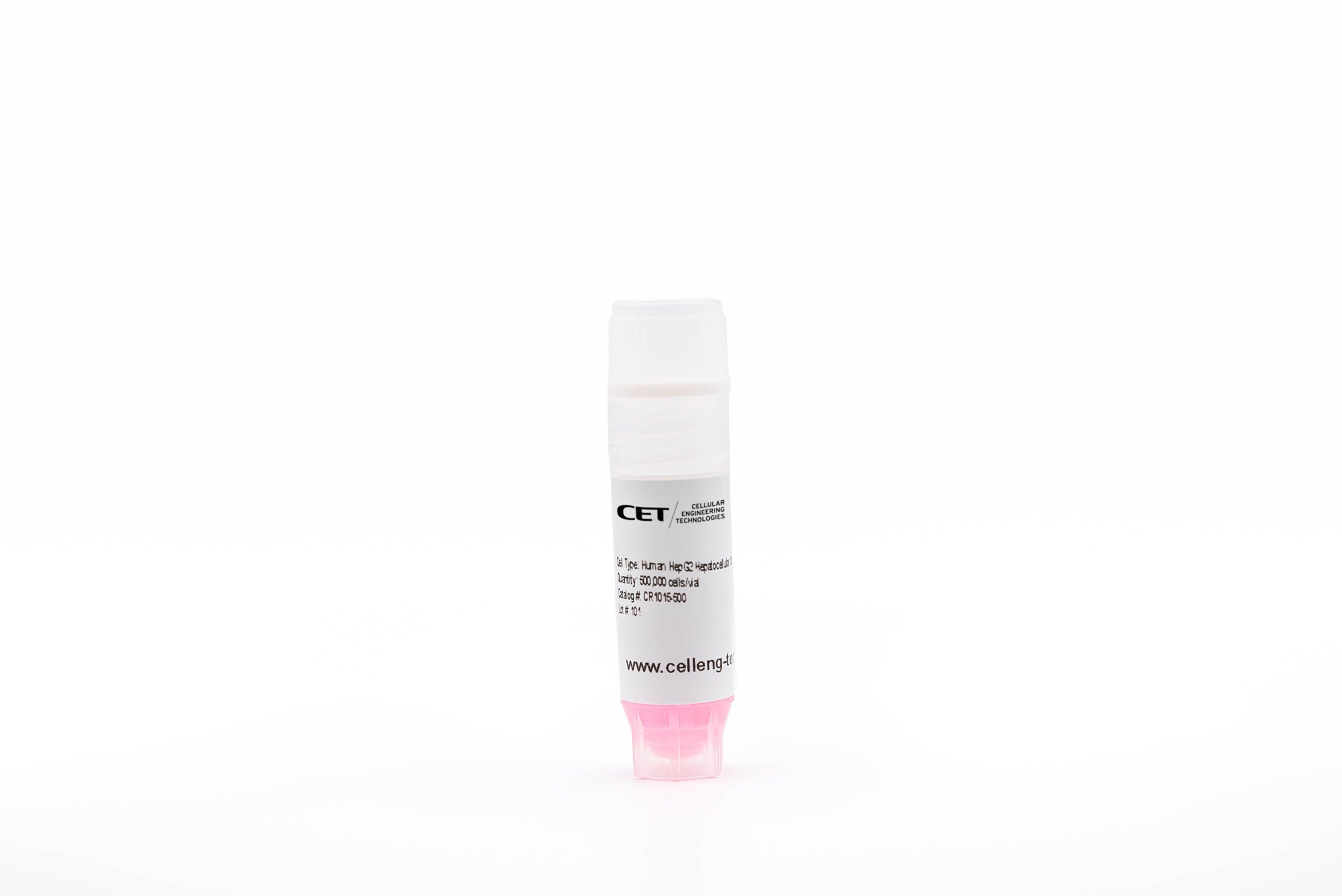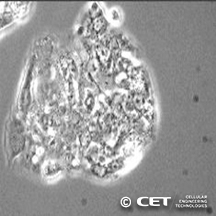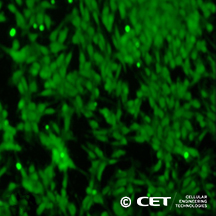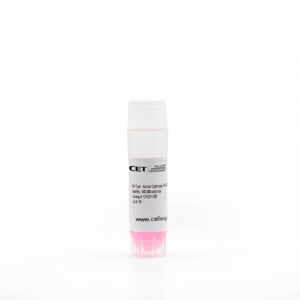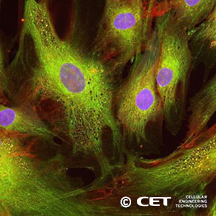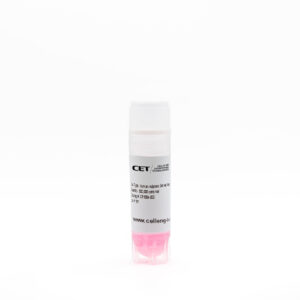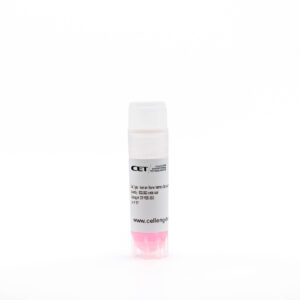Product Overview
HepG2 is a human cell line isolated from a hepatocellular carcinoma of 14 year old male donor. HepG2 cells are used in a wide range of studies, from the oncogenesis to the cytoxicity of substances on the liver
These cells can be used for (i) the study of carcinogenesis as a surrogate for liver toxicity, (ii) the analysis of signaling events, (iii) molecular biology and (iv) protein-based assays. These immortalized hepatic cell lines can be used in place of biopsies for research purposes.
These HepG2 cells are homogenous and grow robustly in cell culture. Vial contains approximately 500,000 cells. Shipped with dry ice.
